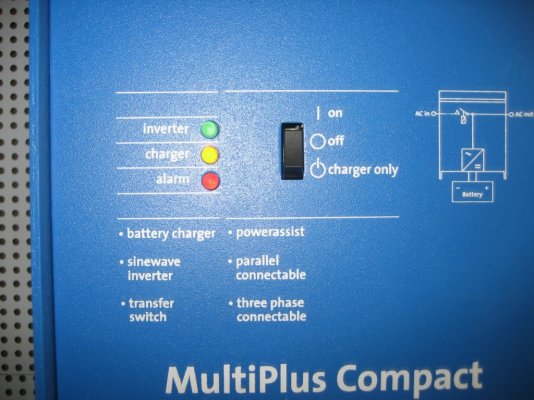Tom.B
Moderator Emeritus
- Joined
- Jul 30, 2009
- Messages
- 5,839
- Location
- USA
- Vessel Name
- Skinny Dippin'
- Vessel Make
- Navigator 4200 Classic
How big of a charger do I need?
Simple enough question I suppose, but I doubt a simple answer. The big winter project is overhauling electrics and charging. How do I determain how large of a charger I nedd? Or is it how much I want?
I'm looking at two brands: Iota (non marine but lots of boater use it) and Charles. I want separate charger and inverter (inverter size question is pretty easy to figure).
Thanks.
Tom-
Simple enough question I suppose, but I doubt a simple answer. The big winter project is overhauling electrics and charging. How do I determain how large of a charger I nedd? Or is it how much I want?
I'm looking at two brands: Iota (non marine but lots of boater use it) and Charles. I want separate charger and inverter (inverter size question is pretty easy to figure).
Thanks.
Tom-

